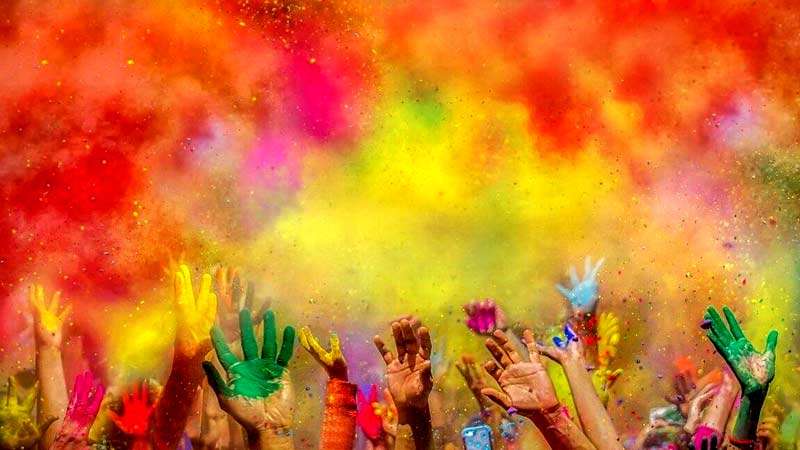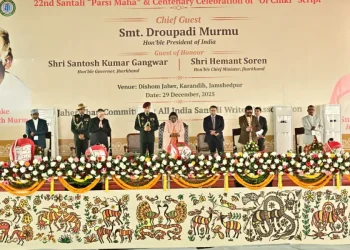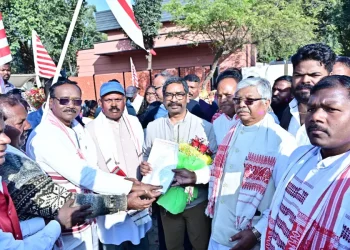Gujarat
Some of Gujarat’s tribes see a divine connotation in Holi.
One belief is that walking on glowing embers while invoking the goddess on the full-moon night will make her grant their wishes and solve their problems.
The vow to walk on the burning coal is called chool. Tribals from Dahod and Narmada districts seek solutions to a range of difficulties — calling on the deity to deliver good health, a male child or protection to cattle.
On the other hand, the Rathwa tribe from the south-east part of the state believe a man will never get a bride if he misses the Kavant Fair even for a single year.
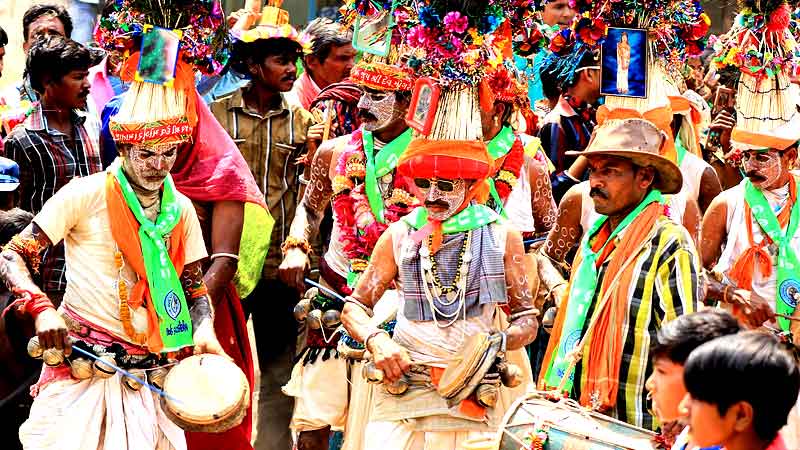
The Holi fest takes place in Kavant over five days. Although the tribals fast and abstain from comforts during the period, the carnival itself is a riot of colours, art, traiditional attires, music and dance. From Dhulandi, when the red of gulal and other colours paint all participants, to the famous ‘Rathwa ni Gher’ (dance of the Rathwa), with intricate warpaint and headgear, swaying to indigenous musical instruments — Holi is an ode to both nature and the deity.
Maharashtra
Several tribes in Maharashtra, including the Pawara, Kathi and Korku, have special festivities.
In a month-long celebration in Yaval village, Pawara boys wear ornaments, tie a small drum to their waist and parade the village in the hope of finding a girl to marry. The entire village gathers to watch the event and the girl gets to choose the boy she likes.
In Melghat village in the Satpura Hills, Holi is a five-day affair — beginning with nature worship and prayers for happiness and culminating in revelry, feasting and the jarikhamba games.
But perhaps Kathi village of Nandurbar district is most famous for the 770-year-old Rajwadi Holi. Lakhs of tribals come together from bordering states for the tradition that has not changed for coming on to eight centuries now.
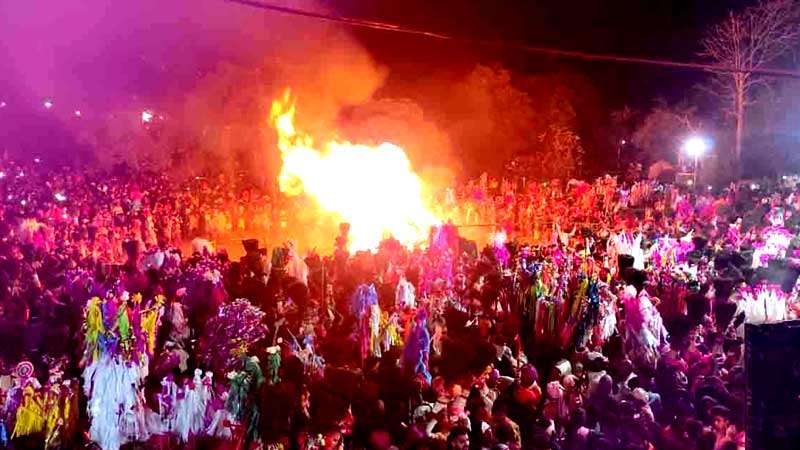
A fortnight before Holi day, devotees following strict rules of abstention walk many hundreds of kilometres deep into the forests. There, they identify several 40-50 feet tall bamboo. Say a prayer for them and dig them carefully out to transport them back to the village.
On Holi, the bamboo is embedded 5 feet deep into the ground. Without the use of a single implement, rigorously following the traditional pattern. Mhorakhya, tribals dressed as women or animals with colourful headgear made of peacock feathers, dance and play tribal insturmets.
The Adivasi gather around bonfires and sing paeans of tribal king Umedsingh. Who established the Kathi princely state of tribals in 1246.
Jharkhand
The three-day Baha Parab (flower festival), is celebrated by Santhali tribes cross Jharkhand, West Bengal, Odisha, Assam and Bihar. The first day is dedicated to establishing the deity at the jaherthan, a pious grove, and prayers by the priest. Flowers and leaves of the sal tree are offered at the jaherthan.
After the second day’s prayers, the priest visits all the houses in the village. The women wash his feet and he gives them sal flowers.
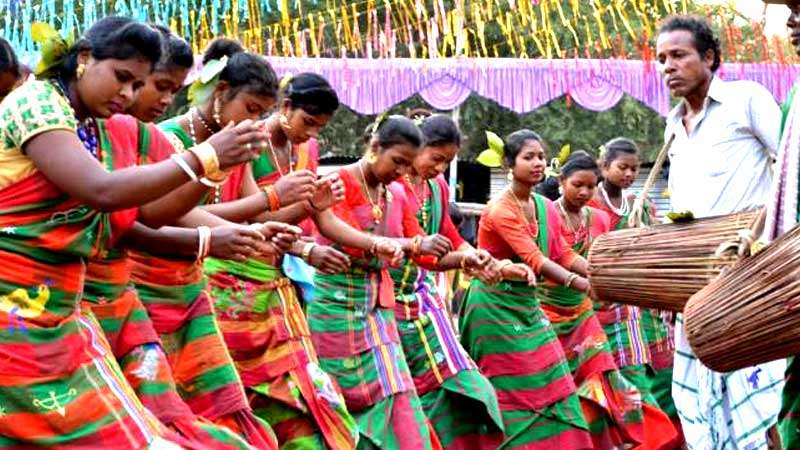
“The sal and mahua flowers with which the priest offers prayers and performs rituals, are distributed. And we all wear them — the men behind their ears and women in their hair,” says L Murmu, president of Santhal Samiti, Durgapur.
On the last day, the Santhali celebrate ‘Baha’ Holi, the festival of colours.











